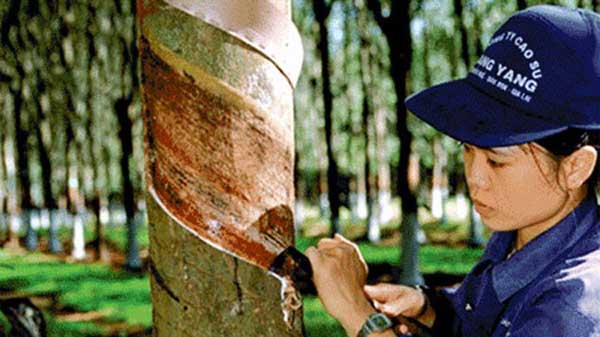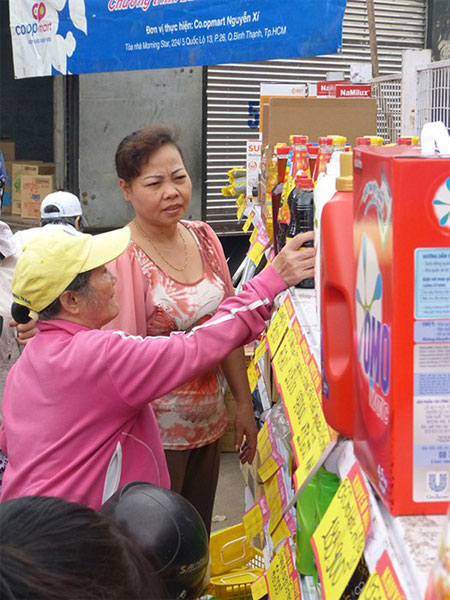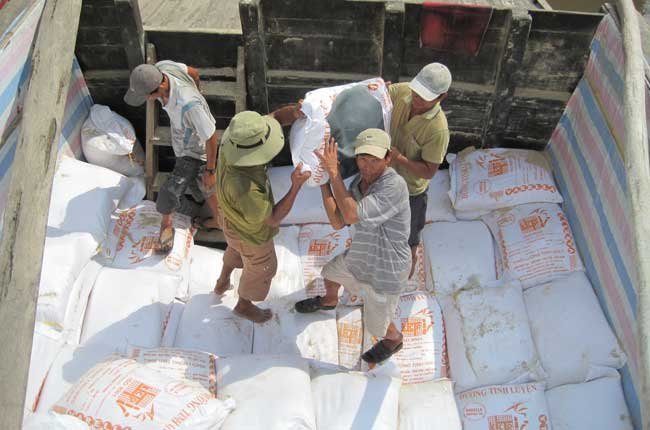Markets in Laos attract regional interest
Markets in Laos attract regional interest
Businesses from throughout the Asian region are seeking to expand the market share for their products and foreign direct investment (FDI) in Laos after learning about its rapid development over recent years.

Despite being a small market, its ASEAN membership has increased the attractiveness of Laos as an interesting market, principally because it removes many of the investment barriers that previously existed.
In the past, the length of time it took to obtain the required authorizations to do business or invest in the country, inequalities in terms of tax benefits, the high cost of some applied tariffs and the weakness of infrastructure were all barriers to investment.
A number of businesses in Vietnam, Thailand, Malaysia and the Republic of Korea now consider Laos as a promising market where they would like to increase their sales base and also introduce new technologies.
Firms from these countries, especially from Vietnam, want to create a stronger marketing base in Laos ahead of the introduction of the AEC in December 2015.
The AEC envisages a single market and production base, a highly competitive economic region, a region of equitable economic development and a region fully integrated into the global economy.
The AEC will transform ASEAN into a region with free movement of goods, services, investment, skilled labour and freer flow of capital.
Maintaining high export value
Vietnam’s exports to Laos in the two months leading up to March jumped 25.7% on-year to US$90.18 million according to statistics from the General Department of Vietnam Customs.
Key export items to the market included steel, iron, steel, petroleum, transport vehicles, clinker, cement, and coal. Of them, petroleum and steel were among the largest hard-currency earners.
The Vietnam Trade Information Centre in turn has reported that products experiencing the highest growth for the January-February period included cereals (up 108.54%), iron and steel (up 57%), machinery and equipment (up 39.27%), and means of transports and spare parts (up 27.93%).
The Ministry of Industry and Trade (MoIT) has set a target for domestic businesses to achieve annual export growth of 14%-15% in the five year period from 2015-2020. However, many domestic companies still face numerous difficulties.
In comparison with other businesses exporting to the Lao market, Vietnamese companies lag far behind.
For example, Thai firms grossed US$4 billion in revenue last year from exports to the market and Chinese firms total revenues were US$1.9 billion while Vietnam straggled far behind at only US$448 million.
Potential investment destination
Vietnam has pumped nearly US$5 billion of FDI in 413 businesses principally focusing on telecommunications, energy, services, infrastructure, agro-forestry and mining, according to the Ministry of Planning and Investment.
Laos is the third largest foreign market attracting Vietnamese FDI and it accounted for 12% of all investment in Laos. The main investing countries are Laos' large neighbours: Vietnam, China and Thailand, followed by France.
At present, Vietnamese’s agricultural businesses in Laos have prospered, especially a sugarcane plantation business of the Hoang Anh Gia Lai Group.
In 2015, the Hoang Anh Gia Lai group invested in a cow breeding business along with investments in rubber and oil palm plantation businesses. The group also poured US$523 million in a kali salt mining project in Khammouan province.





















